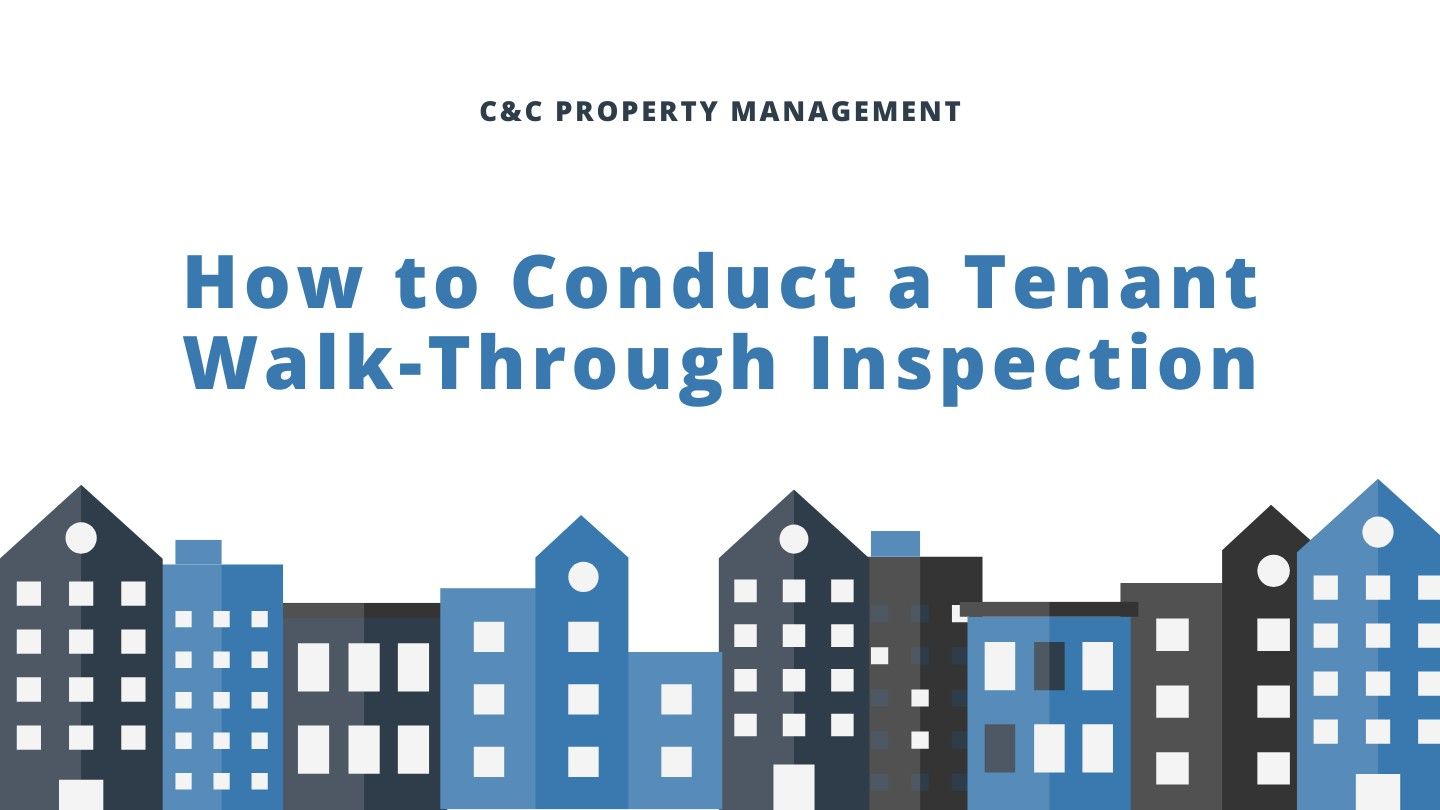Mastering Your Debt-to-Income Ratio: A Complete Guide to Financial Health
A sound understanding of how to calculate your debt-to-income ratio is crucial for maintaining a healthy financial life.

Instead of relying on guesswork, it's important to have a clear understanding of this metric. In this blog post, we will break down everything you need to know about the debt-to-income ratio.
So, what exactly is a debt-to-income ratio (DTI)? It is a financial metric that indicates how well you manage your debt repayment in relation to your total income. In simple terms, it is the percentage of your gross monthly income that goes towards paying off your monthly debts. Lenders utilize this ratio to assess your creditworthiness and risk level, which can influence whether you are approved for loans and the interest rates you are offered.
A lower DTI indicates stronger financial stability, suggesting that you are not overwhelmed by debt. Conversely, a high DTI may imply financial stress, making it challenging to secure loans or obtain desirable interest rates.
To calculate your debt-to-income ratio, you can use a simple formula. Divide your total monthly debt payments by your gross monthly income, then multiply the result by 100 to convert it into a percentage. For example, let's consider a consumer with $3,000 in monthly debt payments and $6,000 in monthly gross income. Applying the formula, we get:
$3,000 / $6,000 = 0.5
0.5 x 100 = 50%
DTI = 50%
By following this formula, you can calculate your DTI at any time and gain a clearer understanding of your financial situation.
Calculating your debt-to-income ratio involves a few steps. First, add up all your monthly debt payments, including mortgage or rent payments, car loans, student loans, credit card debt, and any other recurring debts. Next, determine your gross monthly income, which is your income before taxes or other deductions. Finally, divide your total monthly debt by your gross monthly income and multiply the result by 100 to obtain your DTI as a percentage.
As you calculate your debt-to-income ratio, ensure that you use up-to-date and accurate numbers. Any outdated or incorrect information can lead to an inaccurate assessment of your financial health.
How does your DTI affect your ability to get a loan? In general, a lower DTI increases the likelihood of loan approval at the most favorable rates. With a lower DTI, you demonstrate that you can comfortably manage your monthly debt payments with the income you earn. A DTI of 36% or lower is typically viewed as favorable, indicating a manageable balance between debt and income.
On the other hand, a high DTI, typically defined as above 43%, suggests that you are carrying a significant amount of debt relative to your income. This could raise concerns for mortgage lenders, making them more hesitant to approve your loan.
It's important to note that the term "good" DTI can vary among lenders. Generally, a good DTI is anything below 36%. However, most lenders also closely examine the specific expenses within your DTI percentage. They may consider a front-end DTI, which looks at housing expenses, such as mortgage payments, property taxes, homeowners insurance, and homeowners association dues. Lenders may assume that no more than 28% of your gross monthly income should be allocated towards housing expenses, while the remaining 8% should cover other types of debt, such as car payments, credit card payments, personal loans, and student loans.
While a lower DTI improves your chances of securing a loan at a competitive rate, it's important to note that lenders consider multiple factors. In addition to your DTI, they also look at your credit score, credit history, credit report, credit utilization ratio, employment history, and bank account balances.
In summary, having a solid understanding of how to calculate your debt-to-income ratio allows you to track your overall financial health more accurately and consistently. By keeping your DTI within a favorable range, you enhance your chances of obtaining loans and favorable interest rates. Remember to regularly review and update your numbers to ensure you have an up-to-date understanding of your financial situation.








